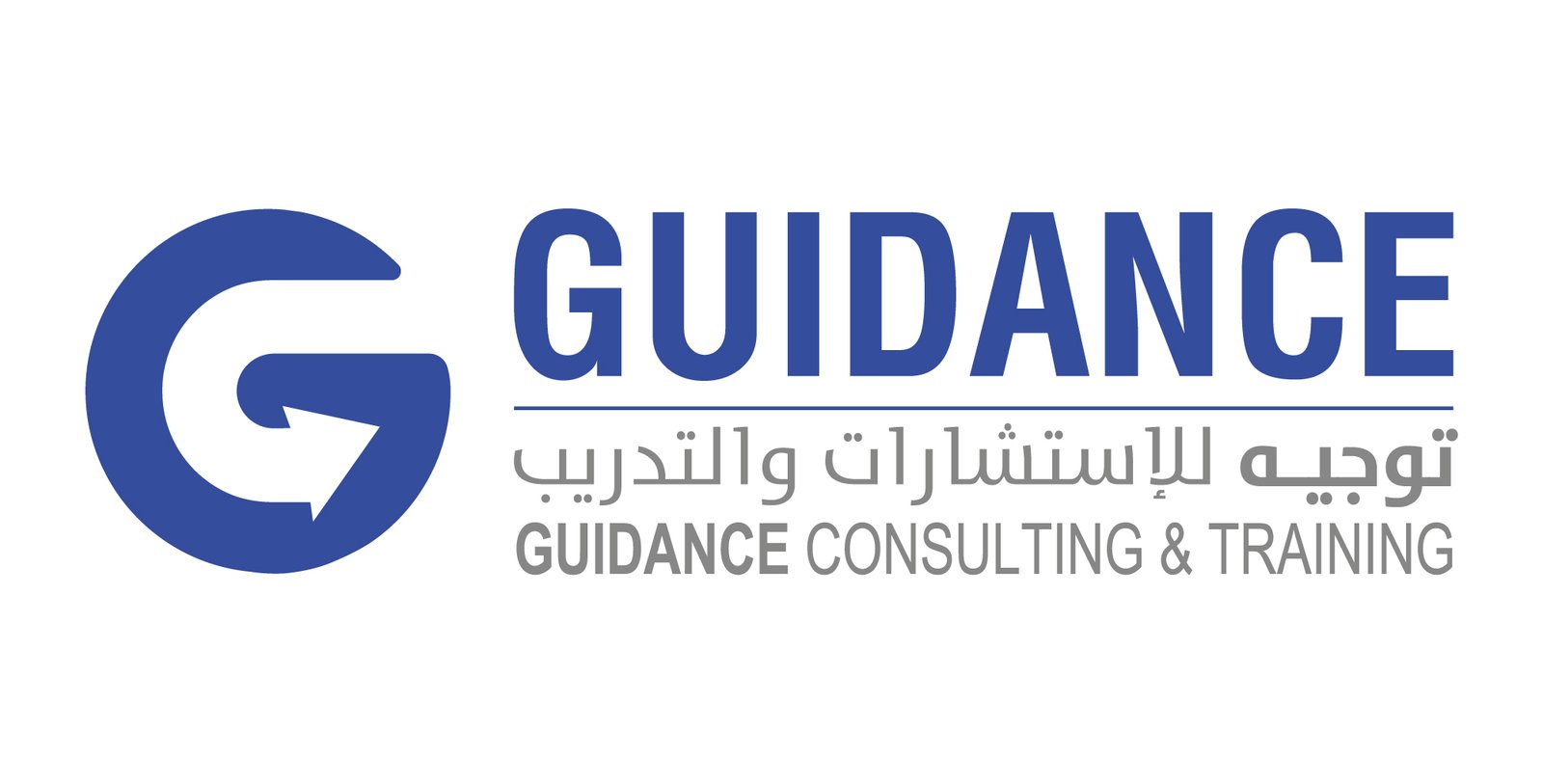Ethereum: Why does the mined block differ so much from the block model?
Mysterious Block Template: How to Understand the Unique Blocks Mined by Ethereum
As a cryptocurrency expert, you have probably noticed that Ethereum blocks contain more information than their templates. In this article, we will examine the reasons for this discrepancy and find out why the mined block is so different from the block template.
Ethereum Segregated Witness (SegWit)
One of the main factors that determine these differences is the implementation of Segregated Witness (SegWit). 2017 SegWit, introduced in 2018, was designed to improve Bitcoin’s scalability and enable more efficient transactions. However, its adoption rate has been relatively slow.
In an effort to remove the limitations of traditional Bitcoin blocks, Ethereum developers created a new block template called Block Template or BTX. This template is the basis for all Ethereum blocks and contains various settings that govern their behavior.
Block Template: A More Detailed View
Running “bitcoin-cli getblocktemplate” with the “–format=btx” option will return the block template in a more detailed format. The BTX template contains:
- Block Header: This section provides metadata about the block, including the type (header or payload), sequence number, timestamp, and block size.
- Block Content: This section stores the actual data. It is divided into two parts: Payload and Header.
- Payload

: This part stores additional information such as transaction IDs, addresses, and metadata.
Mined Block
Now that you know what a block template contains, let’s compare it to a mined Ethereum block. As requested, we will examine a specific block at block level 680175.
After examining the block body (payload) using the Bitcoin command “getblocktemplate” with the “–format=btx” option and comparing it to the block header in the BTX template, we notice a few differences:
- Timestamp: The mined block timestamp is different from the corresponding block template. At first glance, this may seem irrelevant, but it is essential to understanding the timing of events.
- Transaction IDs: The payload contains transaction IDs that are not present in the block template. These IDs can be used to verify transactions or update the state of a block.
- Metadata: Additional metadata, such as addresses and other related information, is stored in the payload.
Conclusion
The differences between a mined Ethereum block and its corresponding block template arise from the unique implementation of Segregated Witness (SegWit) on the Ethereum network. The BTX template provides a more detailed view of the structure of each block, including the content and metadata of the block.
While these differences may seem unusual at first glance, they are crucial to maintaining the integrity and consistency of the Ethereum blockchain.
Additional Resources
If you want to learn more about SegWit or how it impacts Ethereum blockchains, I recommend checking out the following resources:
- Ethereum Core Wallet Documentation: This tutorial provides a detailed overview of the Bitcoin “getblocktemplate” command and its use with different block headers.
- SegWit Whitepaper: The official SegWit whitepaper explains the development and implementation of this new protocol that has revolutionized Bitcoin scalability.
Stay informed about the latest developments in the cryptocurrency industry by following trusted sources and participating in online communities.

